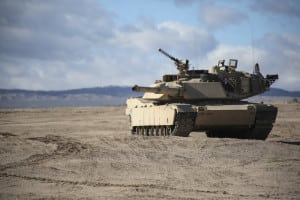
The Army’s fiscal year 2023 budget request includes eliminating three programs and making reductions to another 32 efforts, officials told reporters Tuesday, as the service looked to secure full funding for its modernization portfolio. A total of $12.6 billion in the Army’s budget request is specifically aligned to the service’s more than 30 signature modernization programs, according to Kirsten Taylor, director of investments at the Army’s budget office. Maj. Gen. Mark Bennett, director of the Army budget, noted the three…

 By
By 











